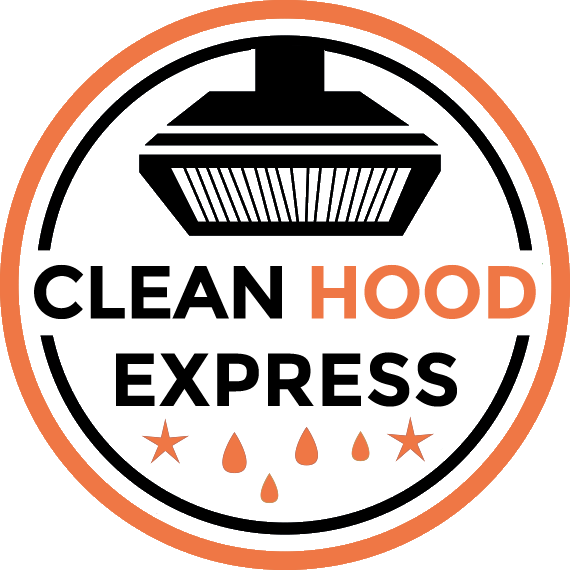Kitchen Hood Cleaning: Expectations vs. Reality
For some, cleaning a kitchen exhaust hood is as simple as Batman saving a kid from a bully or superman rescuing a massive passenger ship from sinking. Unfortunately, not everyone is a superhood cleaner so it is more complicated than that.
Depending on the kitchen size and how frequently you use it, cleaning an exhaust hood requires much skill, expertise, and strict adherence to safety protocols. For instance, you’ll have many more important considerations with an airport recirculating hood system than a busy food truck.
Also, there are other factors to consider to prevent a disaster when cleaning a hood. In this article, we will help you to understand the intricacies of cleaning a kitchen hood. After reading through, you will learn how to clean yours always, safely.
Why Clean the Kitchen Hood at all?
It’s the law. The National Fire Protection Association requires that trained and certified personnel clean the exhausts and kitchen hoods regularly. Besides, you can’t obtain insurance without it.
Also, regular cleaning helps eliminate smoke or cooking smells from the dining area, leading to a better kitchen environment. Furthermore, cleaning the hood helps improve the dining area’s air quality and lower AC cost.
The fire, health, gas, and building inspectors also check for NFPA 96’s (commercial exhaust systems cleanliness and maintenance standards) violations. Maintaining a proper cleaning schedule helps ensure the fire protection safety of your staff and equipment.
What Are the Difficulties in Cleaning an Entire Hood System?
Cleaning a hood system is riskier than people expect. The greatest risk is a fire from grease buildup from a bad hood cleaned.
Some of the difficulties in cleaning a kitchen hood are as follows:
1. Understanding the Cleaning Requirements
It is crucial to understand how an entire exhaust system is structured because it helps cleaners know how best to go about their work. For example, you should know where the ductwork is installed in the entire building, and you should point it out to the cleaning service.
Many entire exhaust systems are not designed according to best practices. A good design should have access panels large enough for cleaning the ducts at every change in duct direction. Horizontal runs should have access panels at every ten feet. It should also be within three feet of both sides of the fan.
If your system has inadequate hood cleaning access panels, it’s likely not properly cleaned and maintained. Grease, oil, and other flammable materials accumulated within the duct, gutters, filters, and on the duct’s internal surface may expose you to fire safety hazards.
Furthermore, if the exhaust system does not have a grease containment system, it leads to grease collection on the fan blades and housing and runs off onto the rooftop. That will lead to expensive, time-consuming, rooftop grease-related hazards.
If you don’t understand the structure, look for a reliable hood cleaning service that understands fire safety. Then you can rest assured that your life and property are at less risk.
2. The Age of the Building
Modern buildings have fire safety systems serving the most up to date hood cleaning requirements. Older buildings often have outdated systems serving based on outdated hood cleaning requirements. It is your responsibility to know your system or hire a professional hood cleaning company to map the system for you.
3. The System Design
If your system was designed poorly, you might have trouble containing a challenging situation if something goes wrong. Find an expert hood cleaning team that can analyze the system and let the cleaning service help you do the cleaning.
Alternatively, you could restructure the entire system. Although expensive it will meet current code. MERV filters will reduce grease and smoke emissions lessening your carbon footprint.
4. Knowing When to Clean
Knowing when to clean doesn’t look much of a problem, but it is a difficulty many people face when it comes to cleaning.
The following factors help determine when to clean:
Type of food cooked
If the type of cooking requires using solid fuels, cleaning should be monthly.
Volume of sales
If your restaurant requires high-volume cooking operations, such as charbroiling, 24-hour cooking, or wok cooking, cleaning should be quarterly. Conversely, low-volume cooking operations, such as day camps, churches, senior centers, or seasonal businesses require annual cleaning.
You can also clean exhaust systems with moderate cooking operations semi-annually.
Filter cleaning frequency
Daily or weekly filter cleaning helps limit grease accumulation in your system so you don’t have to clean as often as when you don’t.
Tips to Ensure Safe Cleaning
You can ensure the safety of your life, property, or staff if you take measures when cleaning. If you run a large-scale or commercial operation, there are already rules you must comply with before cleaning.
In any case, the list below contains time-tested measures you can take to ensure that you are properly cleaned, without compromise to safety, or, worse, without losing your business altogether because of hazard.
1. Know How Frequently You Should Clean
Grease comb test – pass/ fail no questions just facts
You might have heard about the “bare metal” standard for cleaning.
How often you clean depends on factors, such as the kitchen exhaust size, volume of cooking you do, and how frequently you use the kitchen.
Hotels, restaurants, and other services that require working round-the-clock in the kitchen may have to clean monthly.
2. Clean the Filters Regularly
While it’s okay to allow a professional to take care of your filters, cleaning the filters regularly (weekly or monthly) is better. It helps keep you safe and also prolongs their lifespan.
Conclusion
Hopefully, this article helped you understand the difficulties in cleaning and why it is best left to a professional. Please like, share, and leave a comment if you think it might also help someone else. Finally, check back again for more tips about kitchen hood cleaning.

0 Comments